Finite Element: Ship design is a complex combination of a multitude of engineering skill sets, that can be optimized with the use of sound engineering decisions, experience, and applicable analysis tools. Naval Architecture is a blend of art and science, that is governed by class regulations, applied to a vessel’s operations and a balance of owner requirements, vessel performance and financial implications. 3GA Marine has several analysis services that vessel owners and operators can rely on to provide optimized solutions taking all facets of vessel design into consideration.
3GA Marine can aid vessel owners and operators in their journey to assess the multi faceted implication of design choices on their vessel’s design. From transportation studies, electrification of vessels, hull form development, mooring analysis and more, 3GA Marine has the experience to evaluate your requirements and apply the appropriate analysis tools to provide the applicable results.
Finite Element Analysis – 3GA Marine uses the advanced analysis tool, finite element analysis (FEA), to evaluate a vessel’s structural members exposure to stresses and fatigue. This analysis tool enhances the efficiency and accuracy of each of our designs and can provide critical stress analysis when working with complex marine structures.
Vessel design experience, combined with FEA experience gives 3GA Marine the ability to identify area of concern early in a vessels’ design phase. Being able to identify points of concern, combined with innovative solutions aid to have a vessel designed that meets the owner/operators needs and all applicable regulations.
3GA Marine can perform a wide range of FEA modeling, from large vessel models to detailed local models. Large vessel models are key to identifying areas of concern, where a more detailed local model can be generated to optimize local structural members accurately.
FEA is a great tool to be utilised in any stage of a design, and when done effectively it can reduce a vessels weight while meeting all rule requirements and maintaining a high standard of safety.
Classification Societies are accepting of FEA analysis as an effective tool to speed design reviews, save time and money during the construction phase of vessel design.
Mooring Analysis – 3GA Marine uses the advanced analysis tool, Proteus DS, developed by (DSA) to develop the results of complex mooring loads to support our clients in the oilsands. Dredges, pump barges, anchor platforms, floating pipelines and other marine assets all impact the efficacy of a mooring system when analyzing it to withstand a 1 in 50 year storm. With the use of Proteus DS, 3GA Marine is able to analyze the mooring requirements needed to properly anchor the marine assets over the operational life of a pond, including the future relocation of all assets. This helps the oilsands operator to schedule future anchor installations in a timely manner as civil works continue throughout the life of a pond.
3GA Marine Ltd. runs Finite Analysis ANSYS – FEA suite of structural analysis processes for full linear and nonlinear capabilities. This permits highly accurate computations of structural response in complex loading conditions. Computational models are built using 3D drafting systems directly for our 3D scanning capability or structural drawings
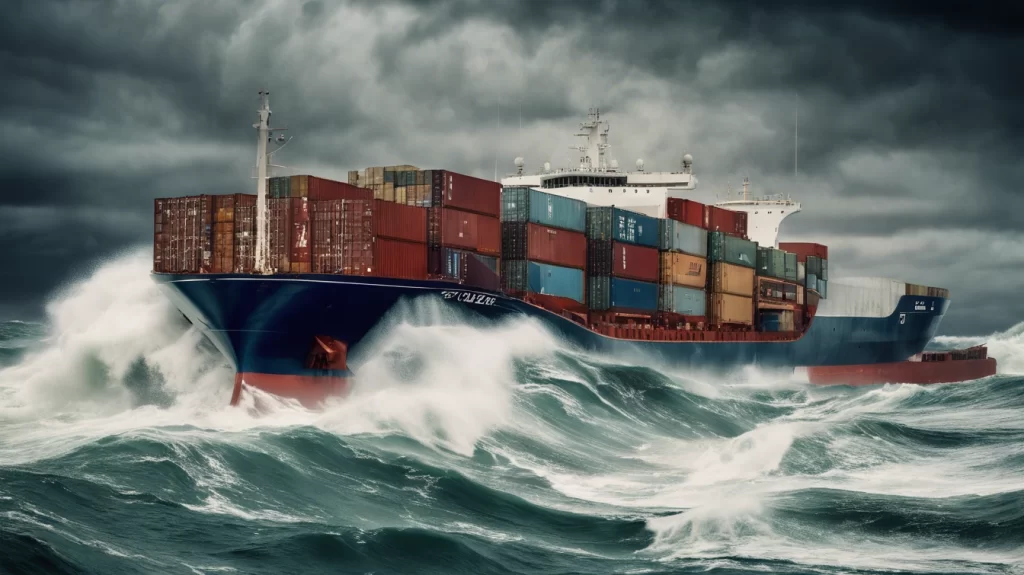
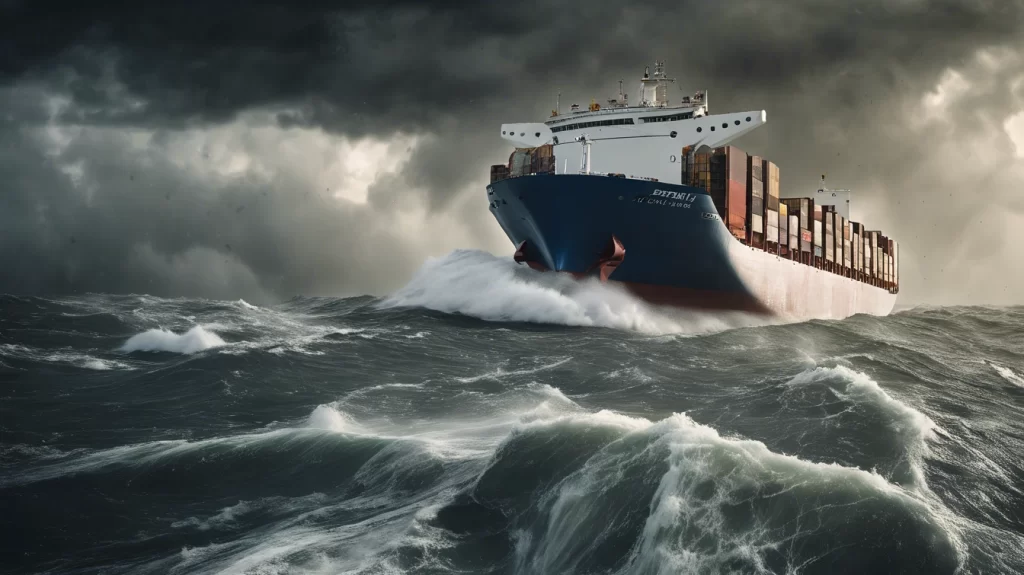
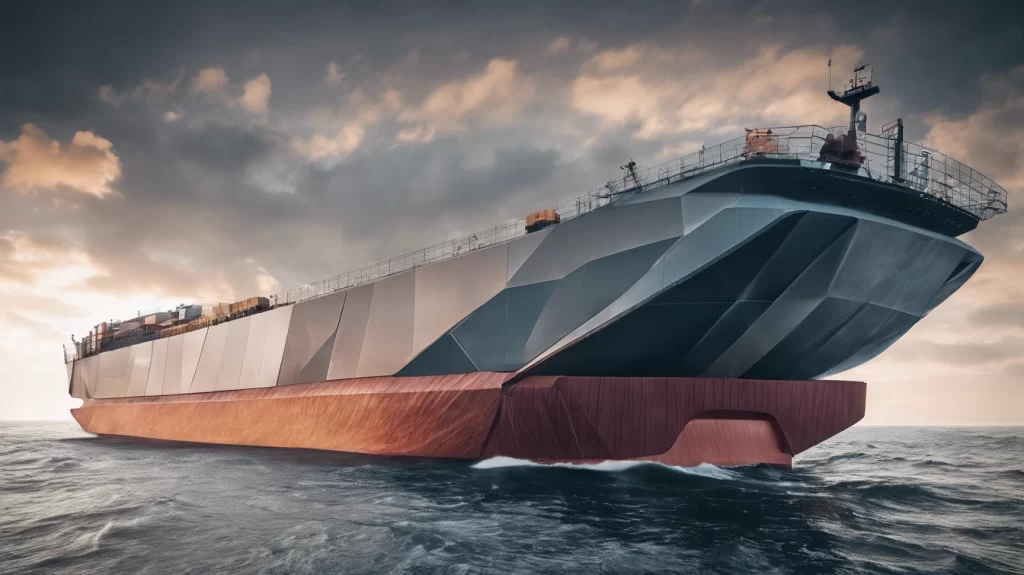
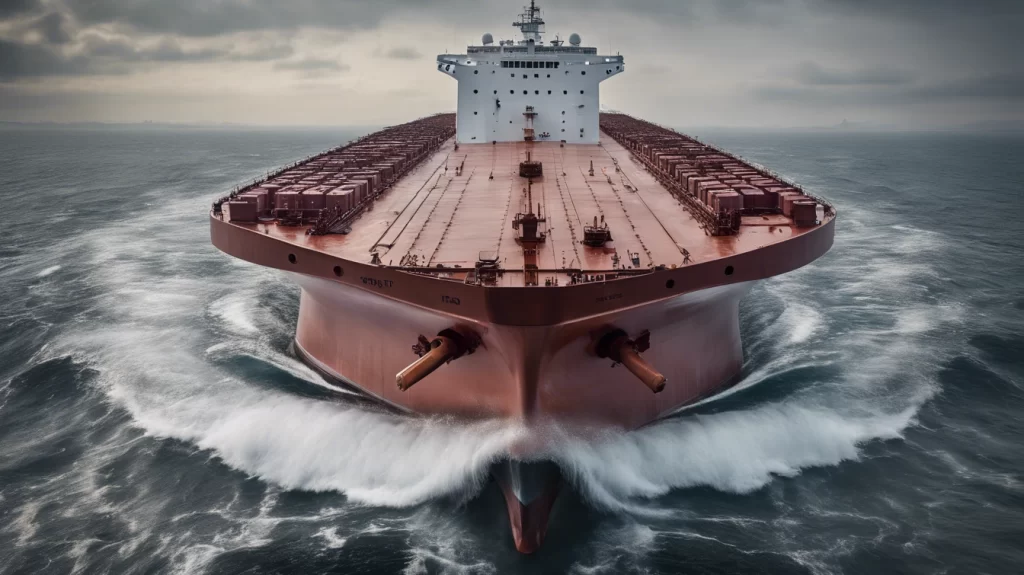
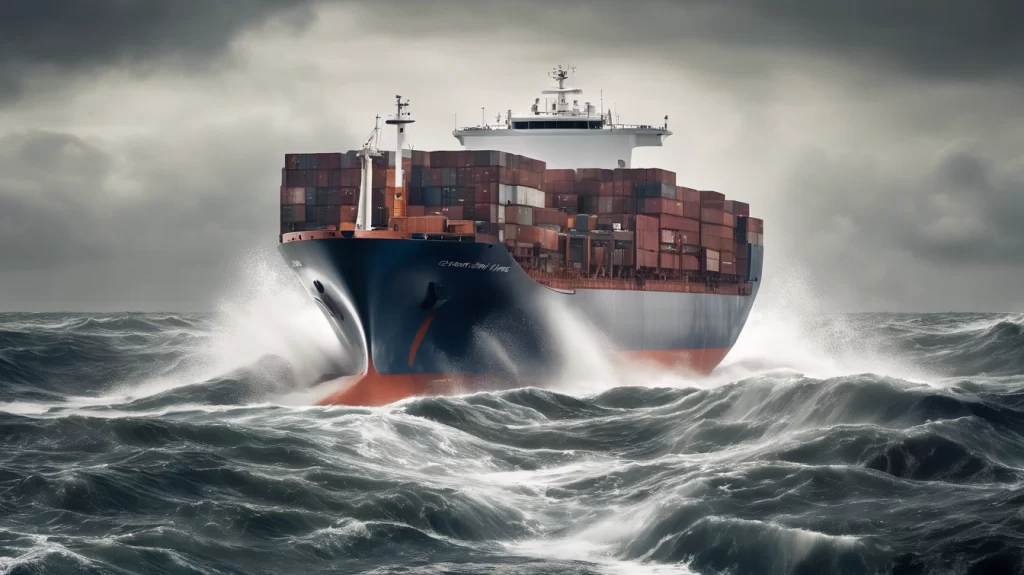
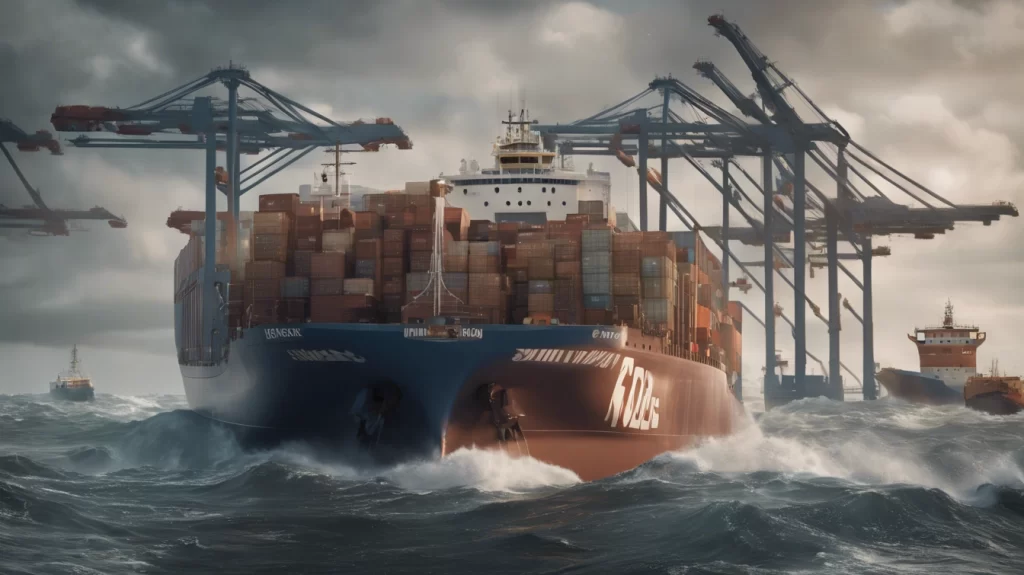
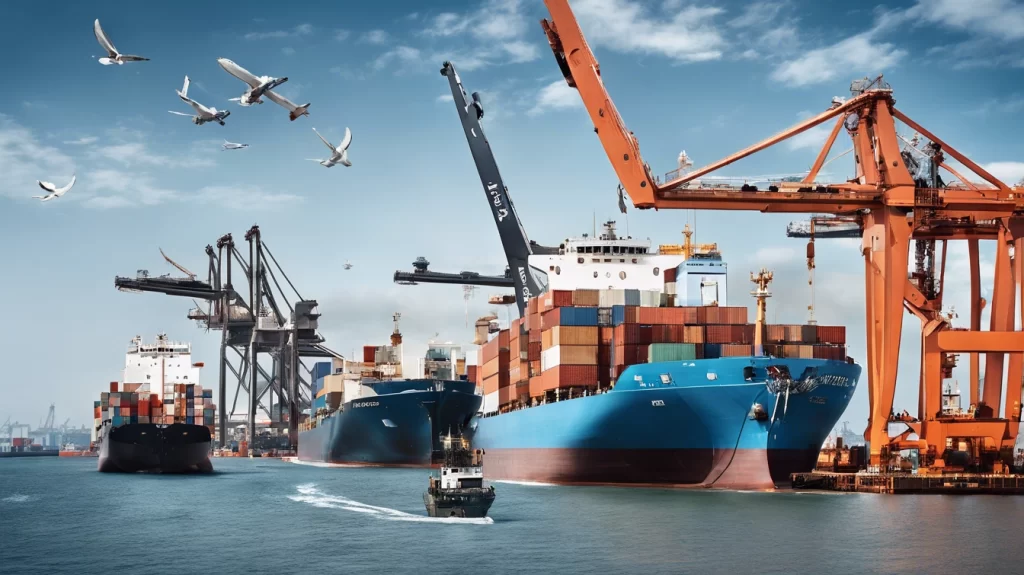
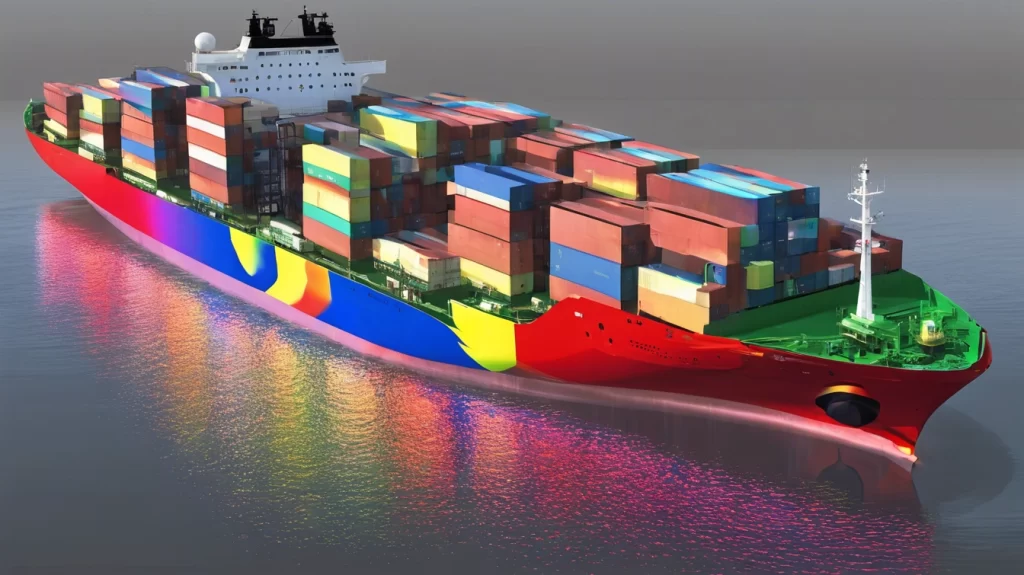
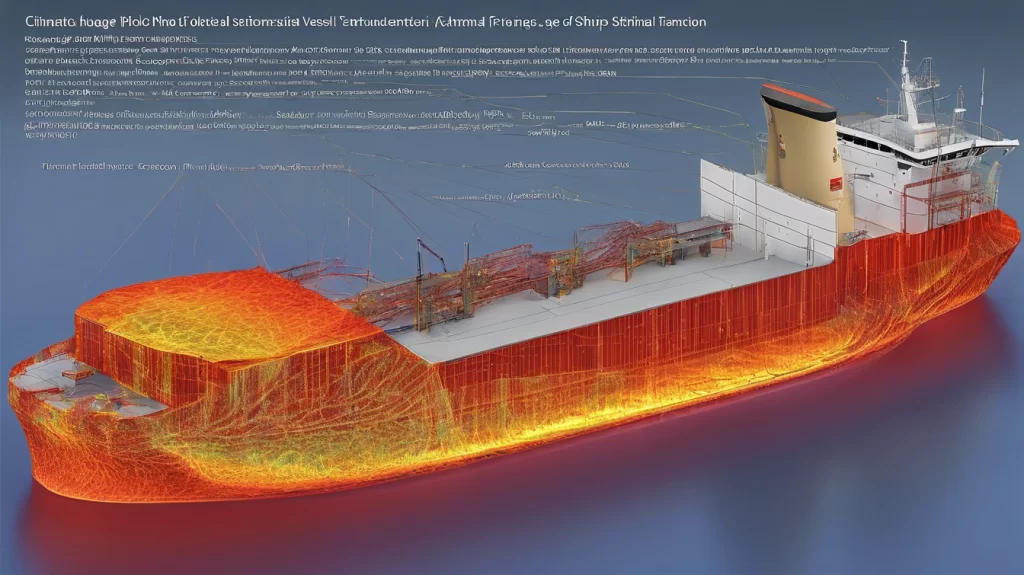
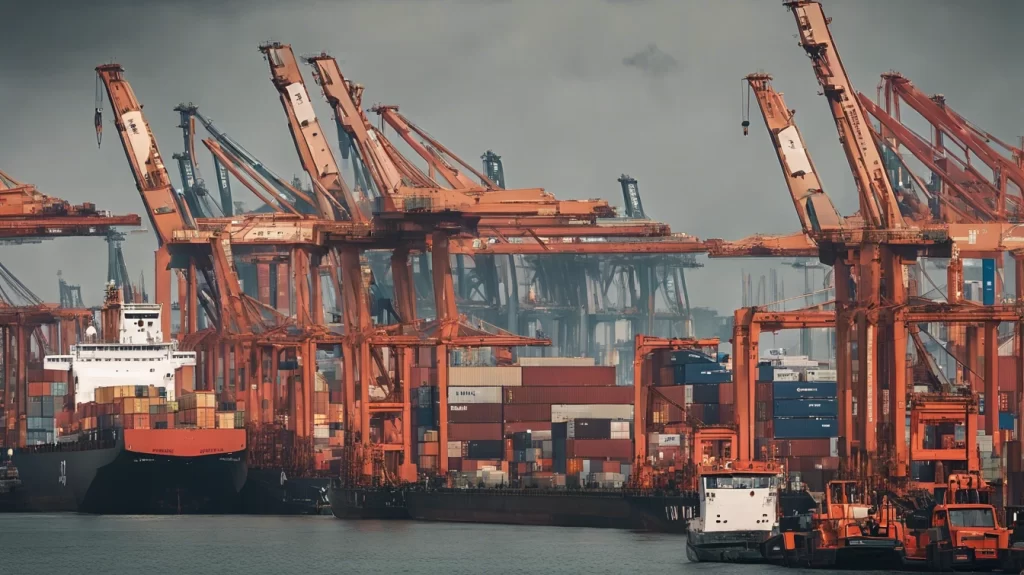


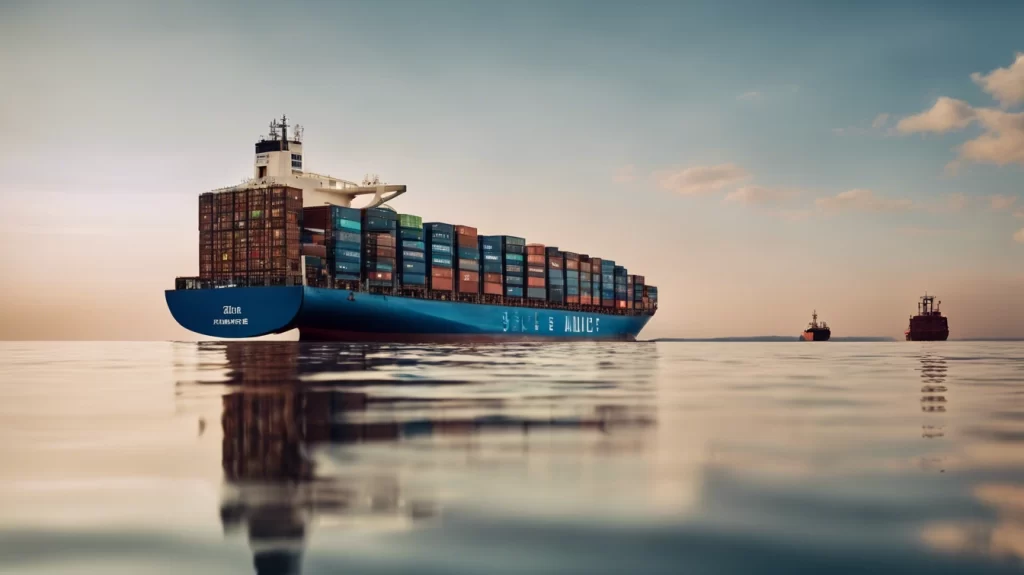
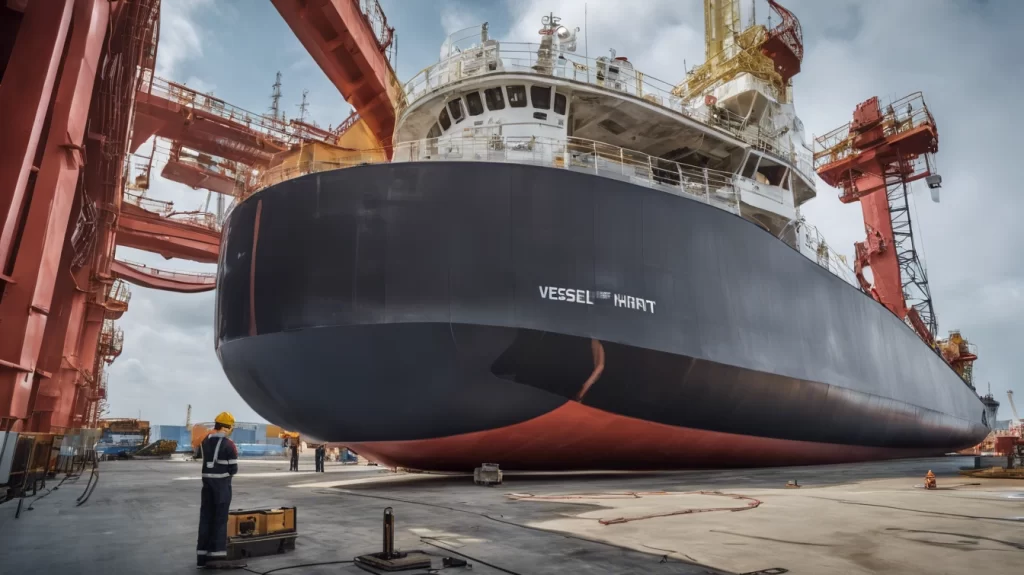
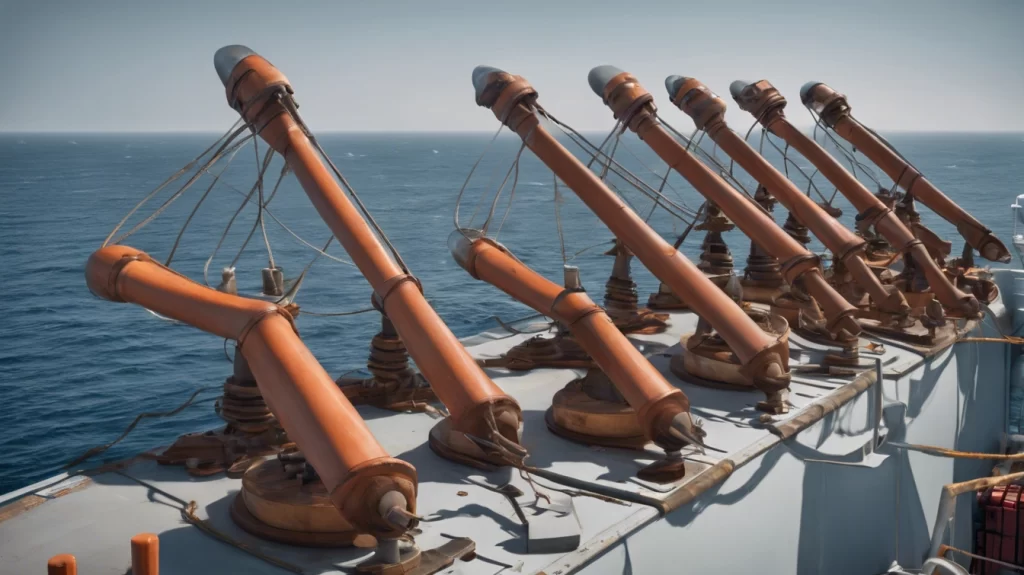
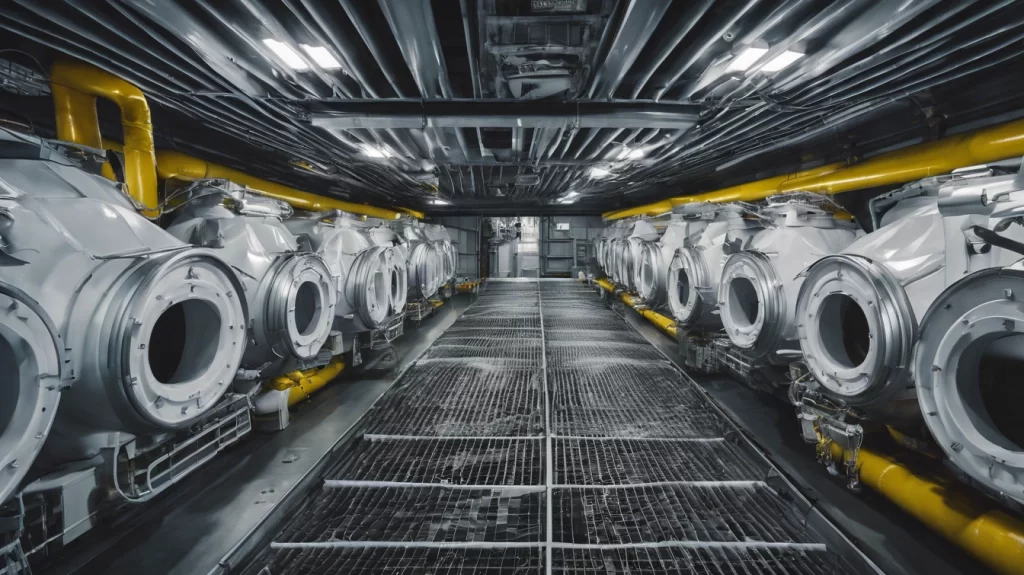
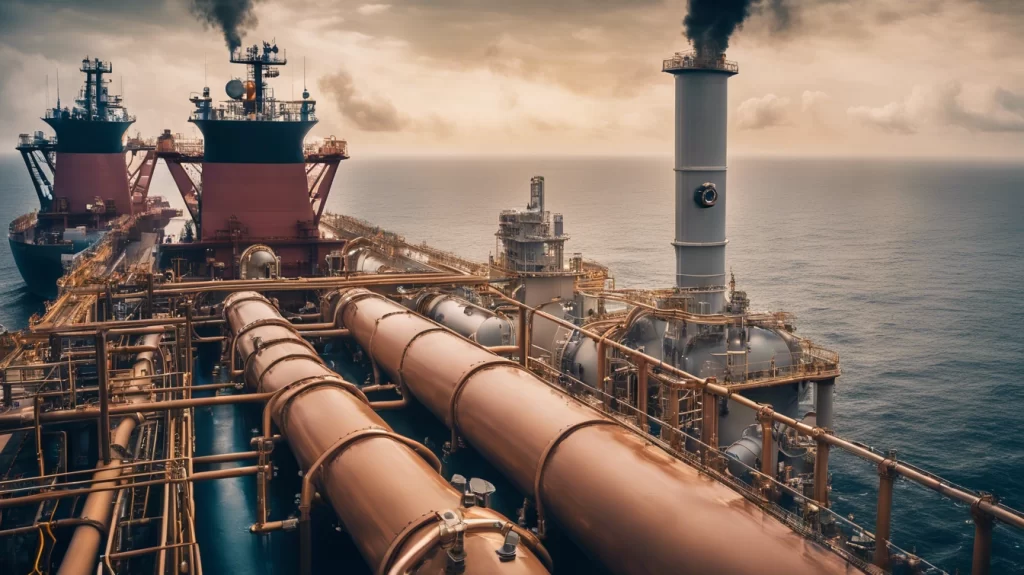
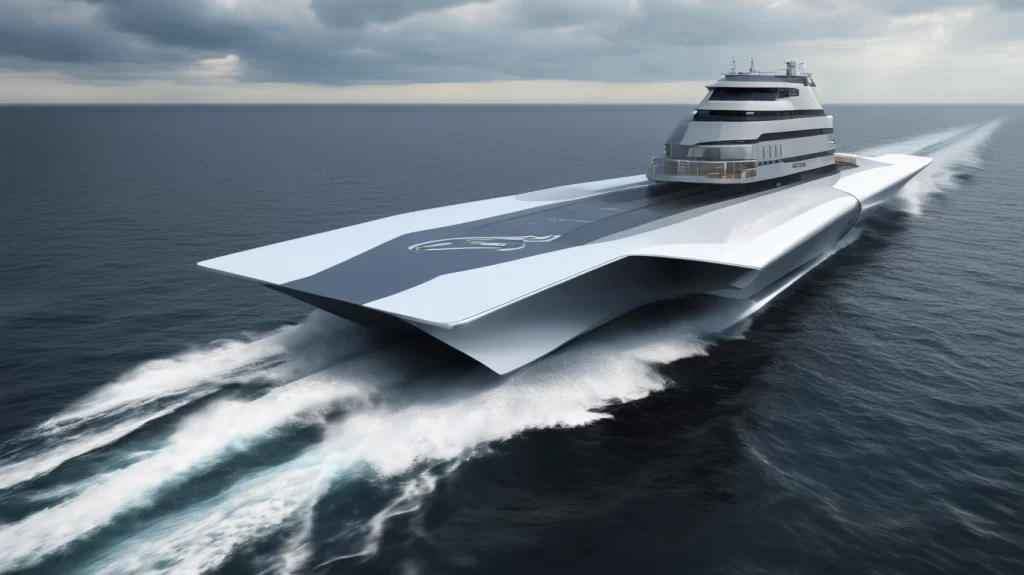
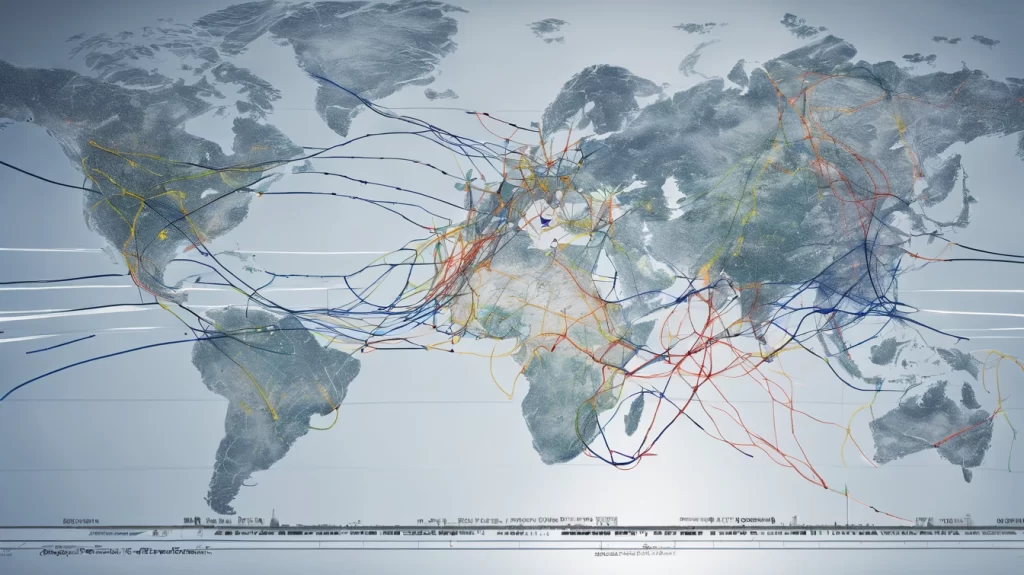
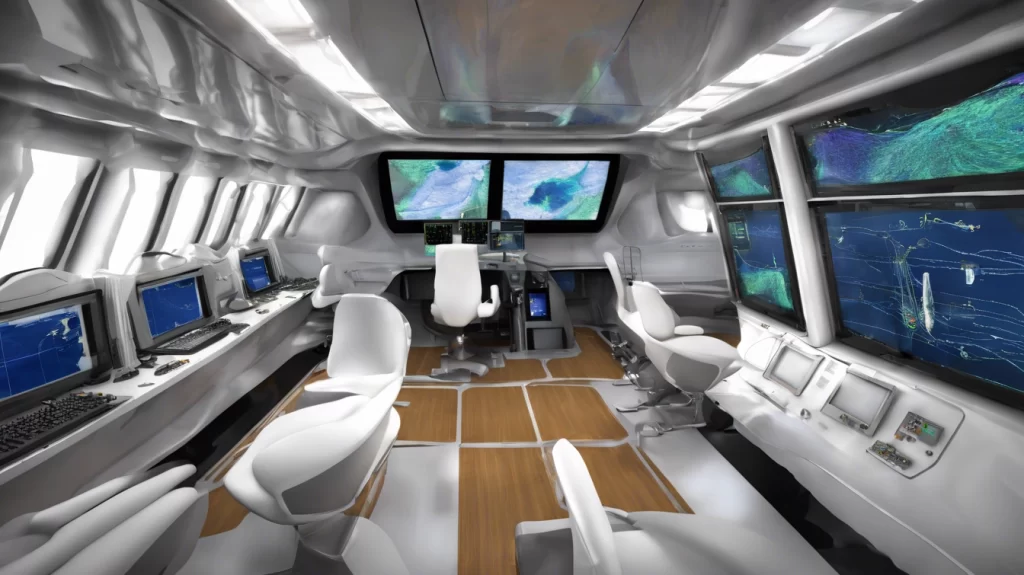

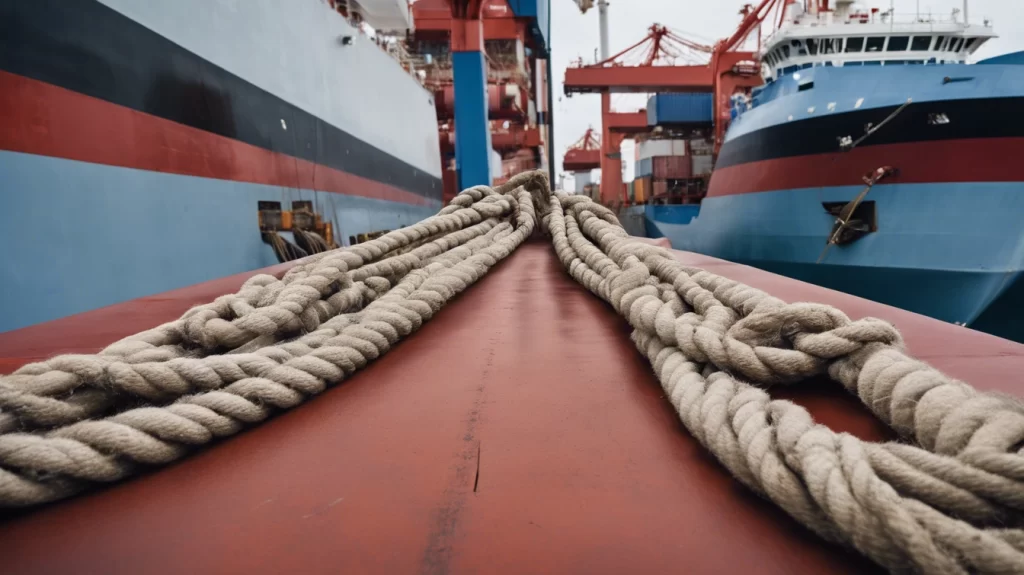
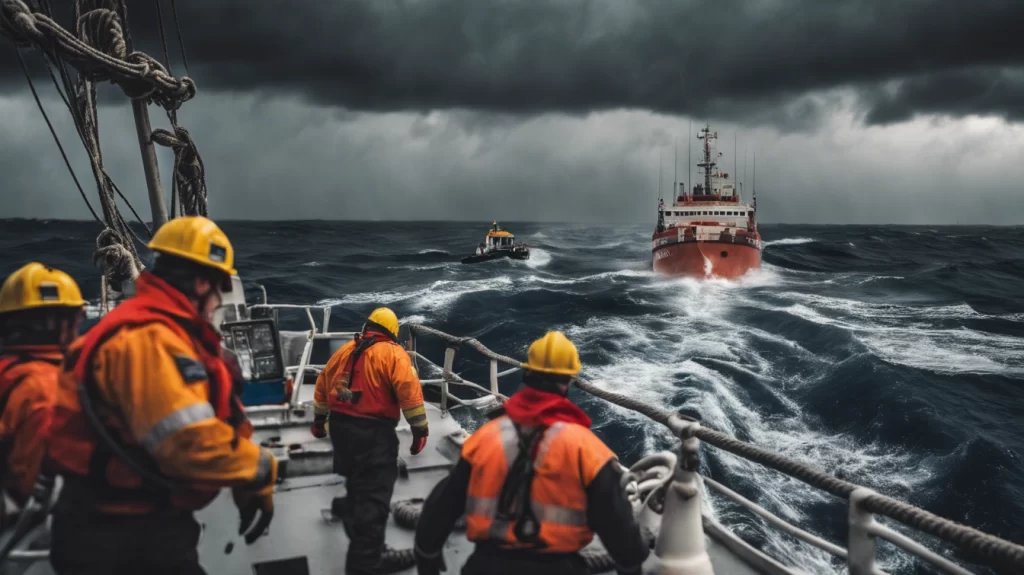
Lorem ipsum dolor sit amet, consectetur adipiscing elit. Ut elit tellus, luctus nec ullamcorper mattis, pulvinar dapibus leo.